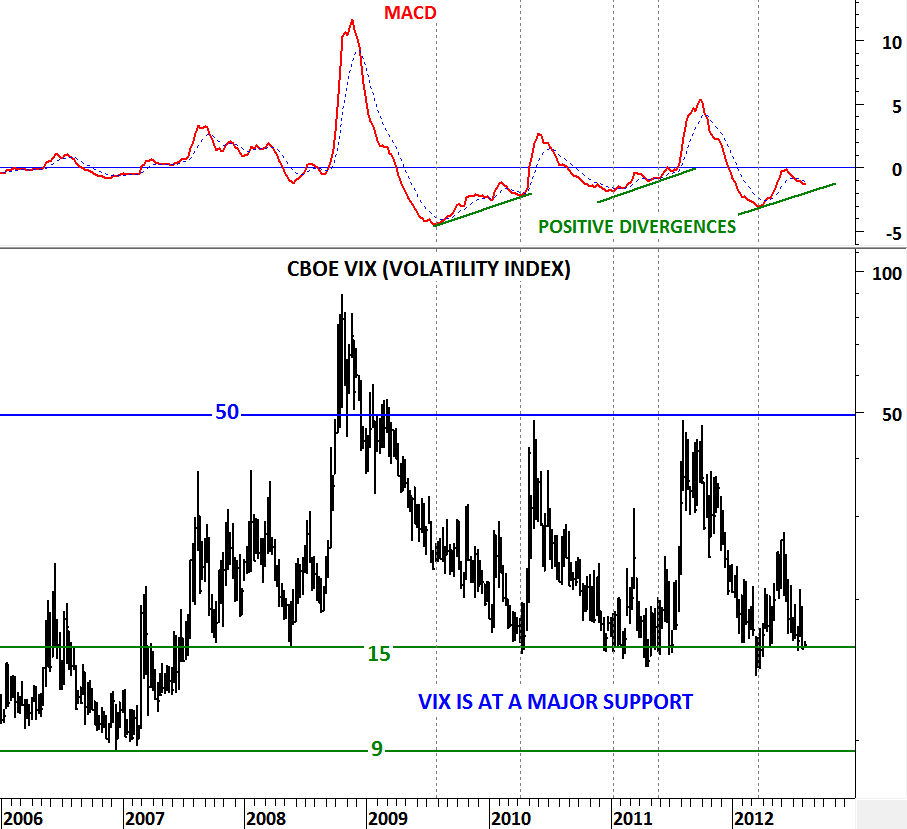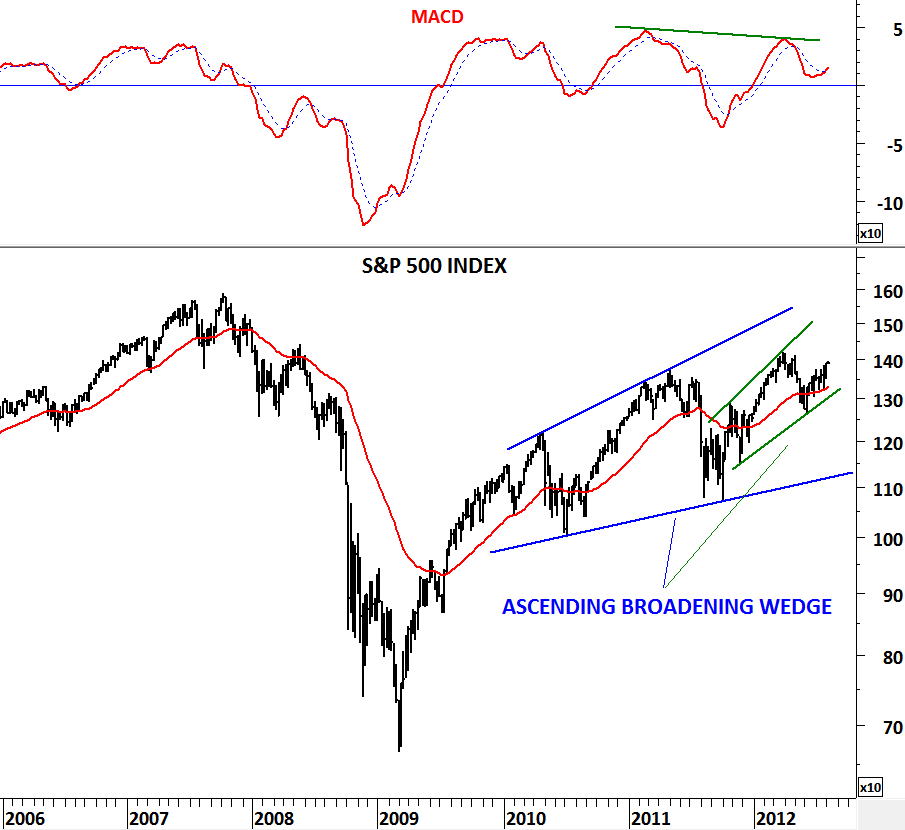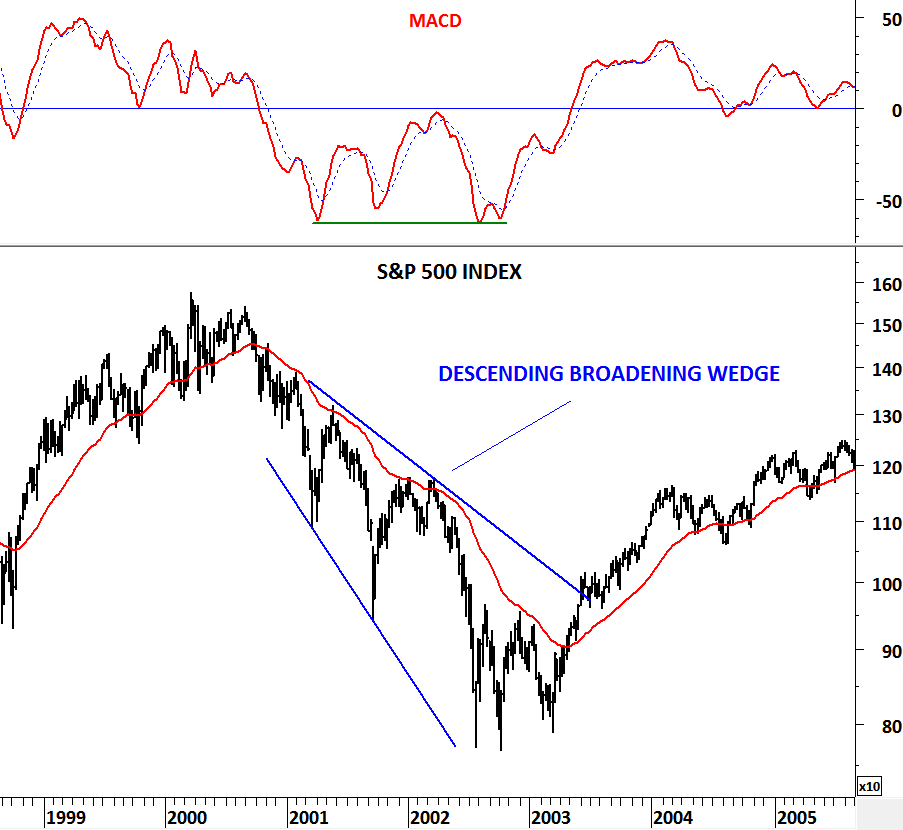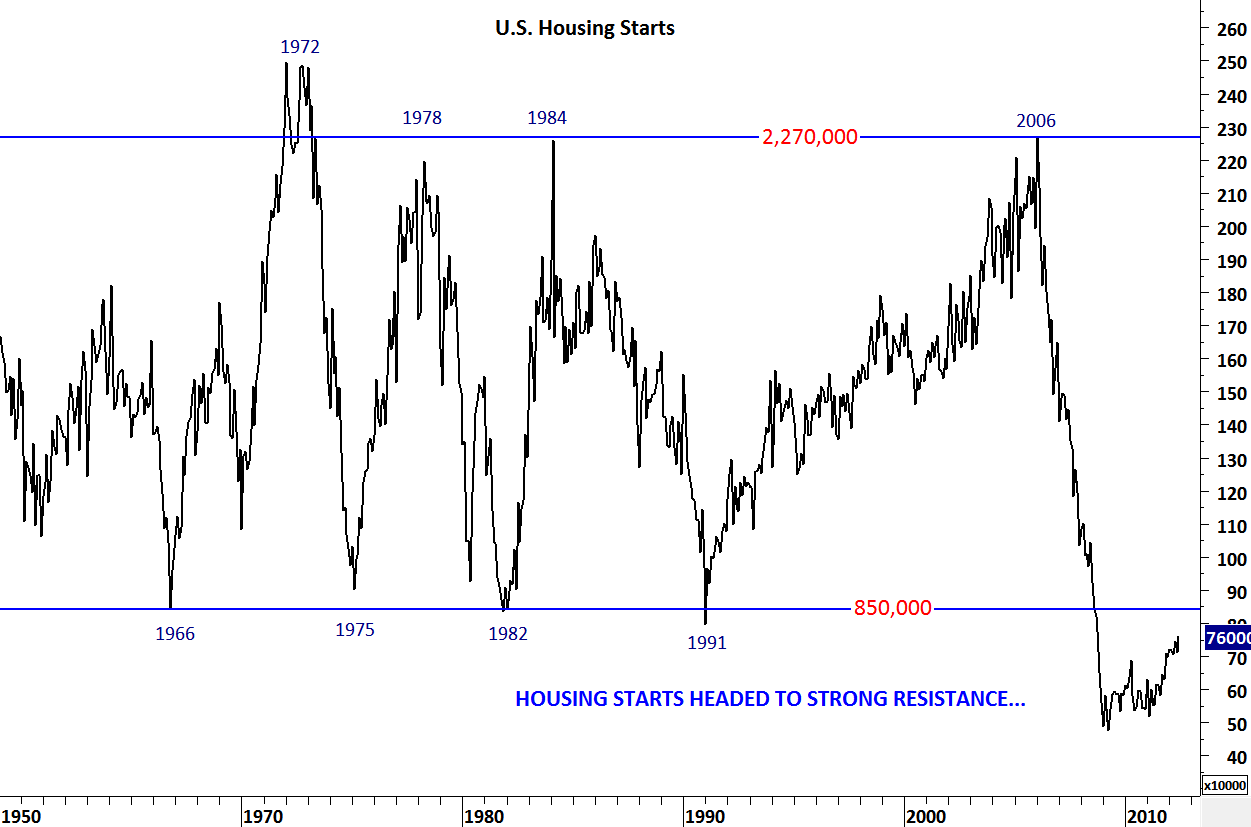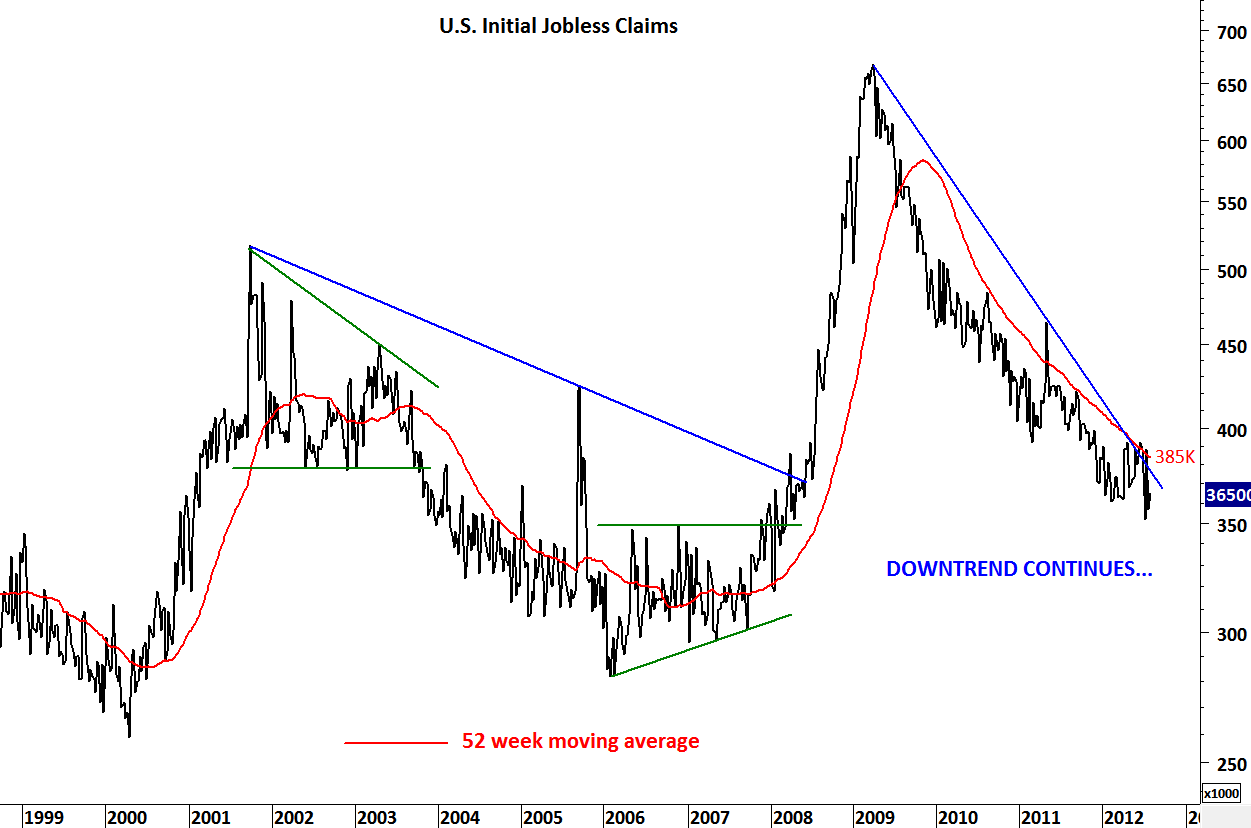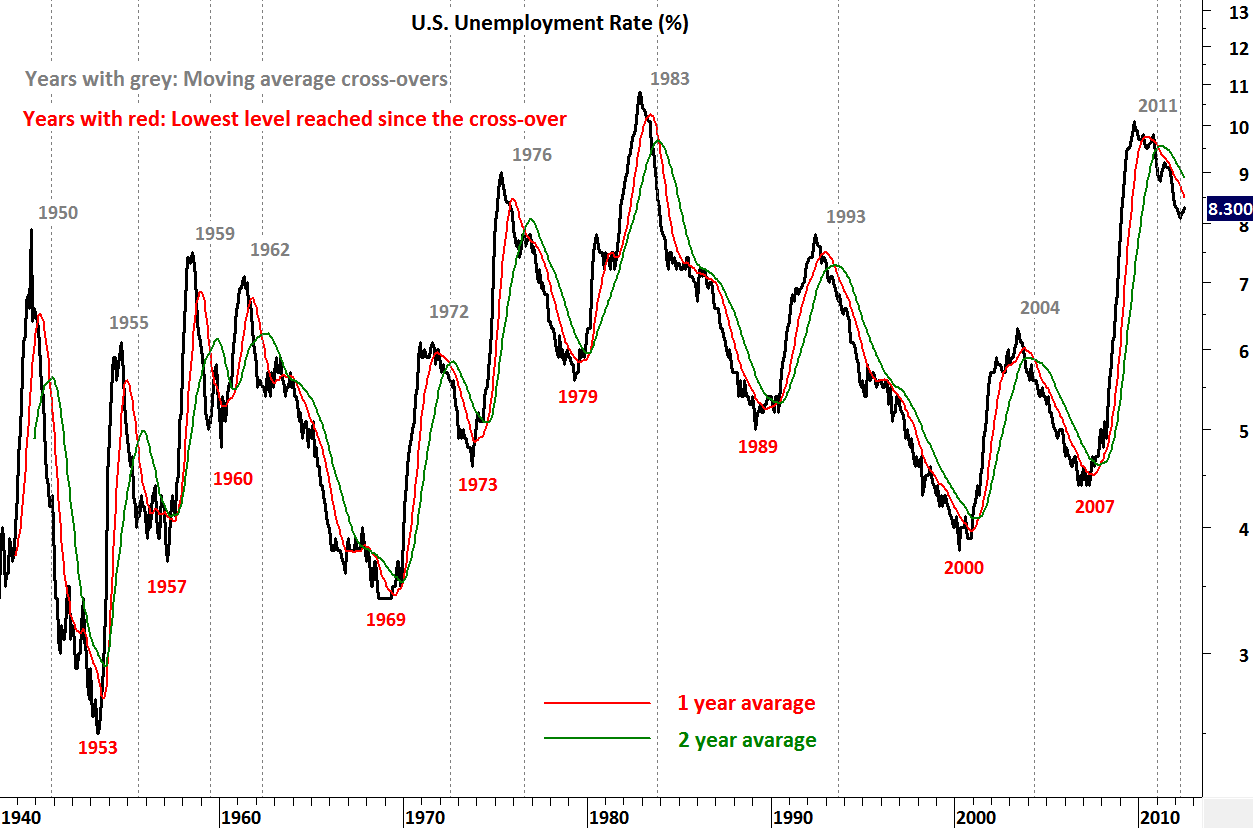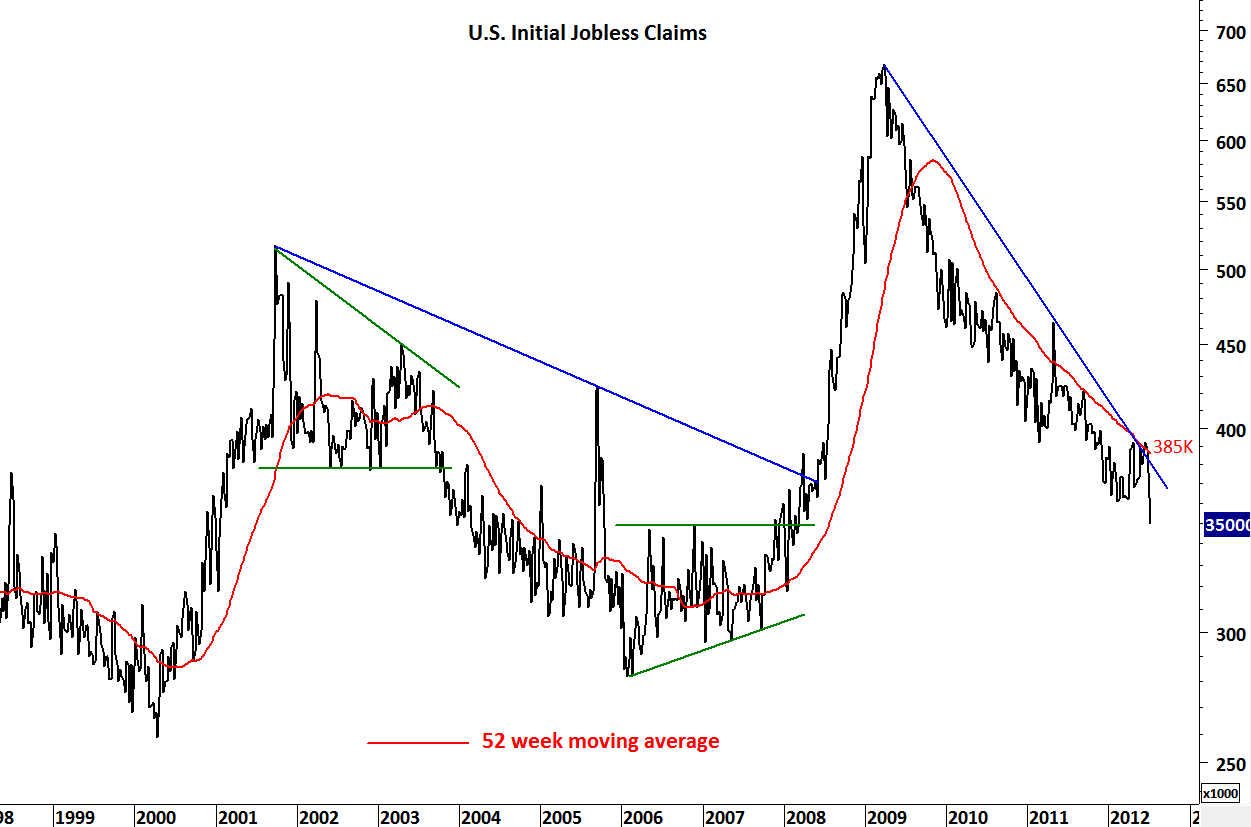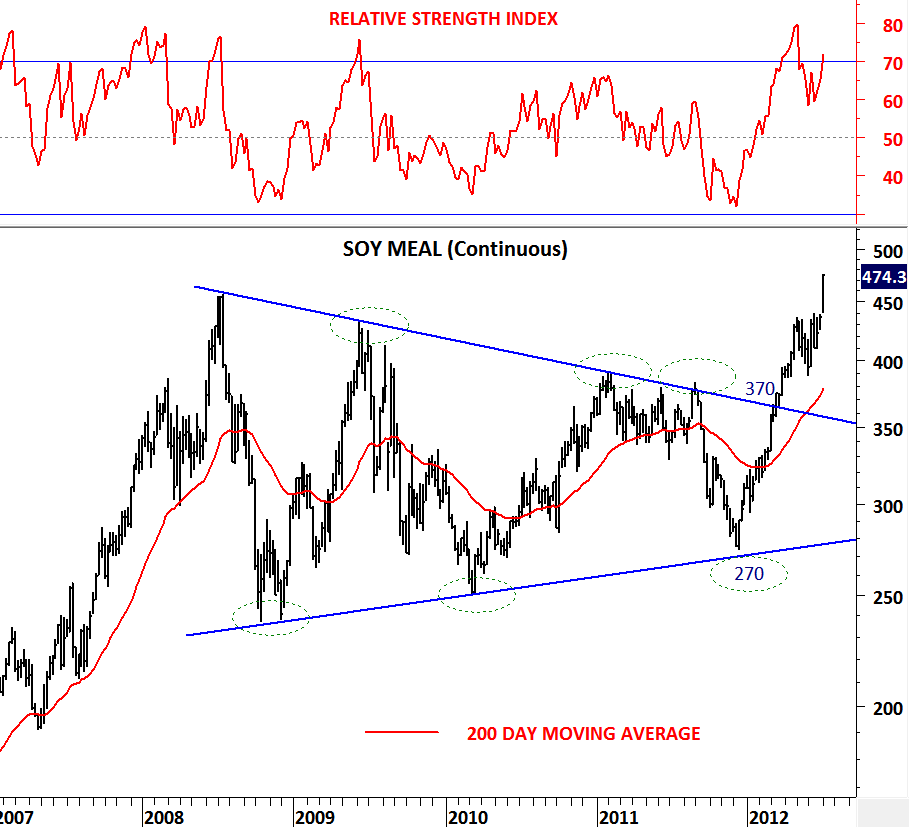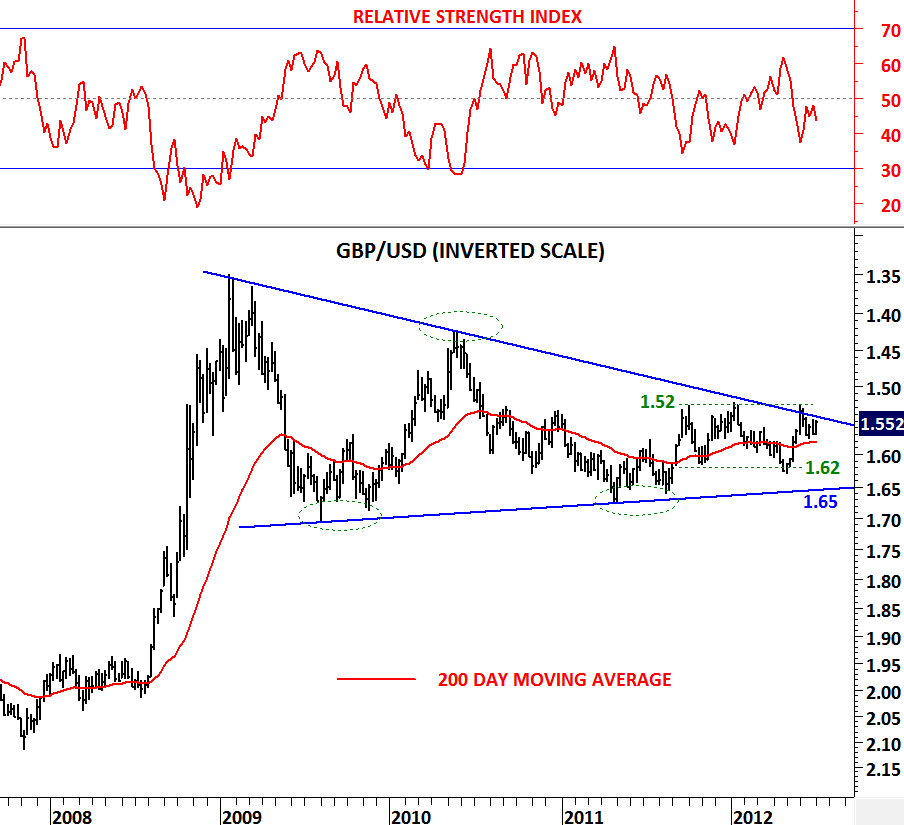GOLD, SILVER and PALLADIUM
Metals have been one of the exciting areas as we got closer to the end of this week. Precious metals moved higher and challenged important resistances. First, we saw a major breakout on Platinum followed by Palladium. Low volatility range breakouts are usually very powerful and are followed by strong moves. While a surge in volatility can last for several weeks it can also fade in a few days. False breakouts (head fakes) are part of the game. However, when combined with technical chart pattern breakouts (flags, wedges, pennants, triangles etc.), low volatility breakouts usually present good trading opportunities.
Palladium was one of the precious metals that clearly broke out of its short-term consolidation range on Friday. The strong move was followed by Platinum’s breakout which took place on Thursday. Both Gold and Silver closed the week at critical resistance areas and we are likely to see a directional movement on these metals sooner or later. I’ve attached metals charts with their critical support/resistance levels to watch. Gold has to clear 1,630 level and Silver has to break above 2,850 level. Failure to do so will result in more sideways consolidation.








